Frequency range: 26.5- 28MHz SWR: ≤1.2:1 Max. power: 35W continuous 250W Short time Bandwidth at S.W.R. 2:1: 1900KHz Impedance: 50ohm Whip length: 1200mm Adjustment: 0~90° Cable Length: RG58/157" Po...
See DetailsHow Far Can CB Antenna Signals Actually Reach?
Citizens Band (CB) radio, a popular communication tool for truckers, hobbyists, and off-road enthusiasts, operates in the 27 MHz band and offers a balance of range and accessibility. The question of how far its signal can travel lacks a single answer, as it is influenced by a intricate combination of power output, antenna design, environmental factors, and atmospheric conditions. Understanding these variables is key to optimizing a CB system for real-world use.
The Fundamental Range Limitations
The transmission range of a CB antenna is not determined by a single factor but by the interplay of several core components.
-
Power Output (Wattage): CB radio power is legally limited. This legal constraint means that increasing power beyond this point is not permitted for standard CB use. Higher power typically allows signals to travel farther and more effectively penetrate obstacles like buildings or forests. However, due to the legal cap, optimizing other parts of the system becomes crucial.
-
Antenna Design and Height: The antenna is arguably the most critical component for maximizing CB range. A well-designed antenna, mounted as high as possible, significantly extends the line-of-sight communication distance. The physical length of the antenna must be tuned to resonate efficiently at the CB frequencies, as a properly sized antenna radiates power more effectively.
-
Environmental and Physical Obstacles: The operating environment heavily impacts signal reach. In urban settings, buildings and other structures can block, reflect, or absorb CB signals. Dense forests and rough terrain similarly degrade performance. For instance, communication within buildings, particularly in basements, can be extremely challenging due to significant signal loss.
-
Cable Quality and Connectors: The coaxial cable connecting the radio to the antenna is a common source of signal loss. Low-quality or overly long cables can attenuate the signal before it even reaches the antenna. Using high-quality, low-loss cable and ensuring all connections are secure is essential for preserving signal strength.
Key Factors Influencing Signal Distance
The practical range of a CB antenna is a product of several key factors working together.
-
Antenna Efficiency: This measures how effectively an antenna converts the radio's power into radiated signals. A highly efficient antenna makes the most of the legally limited power, while a poor one wastes it as heat.
-
Terrain and Line-of-Sight: Radio waves, especially at CB frequencies, travel best with a clear path. Operating on flat, open plains will yield a much greater range than in a mountainous or heavily built-up area. Elevation is your friend, as raising the antenna helps overcome ground-level obstacles.
-
Atmospheric Conditions: While CB radio is primarily for local communication, certain atmospheric conditions, such as solar activity, can sometimes cause signal propagation anomalies that allow for much longer-than-usual distances. However, this is unpredictable and not reliable for regular communication.
-
Overall System Quality: The quality of all components matters. A system with a well-tuned, high-performance antenna can sometimes outperform a system with a higher-gain but poorly matched or low-quality antenna. The integrity of the entire signal chain, from radio to antenna radiator, is paramount.
Technological Enhancements and System Optimization
While you cannot legally increase the CB radio's transmitter power, several technical strategies can optimize the system for maximum achievable range.
-
Antenna Tuning (SWR Management): Ensuring your antenna is correctly tuned for the specific channel you are using is vital. This is measured with the Standing Wave Ratio (SWR). A low SWR (e.g., below 1.5:1) indicates that the antenna is resonating well at the operating frequency, allowing for maximum power transfer from the radio to the antenna. A high SWR reflects power back to the radio, reducing output and potentially causing damage.
-
Advanced Antenna Designs: Choosing the right type of antenna can make a significant difference. Different designs, such as vertical whips, fiberglass antennas, or beam antennas, offer various trade-offs between gain, directionality, and physical size. A higher-gain antenna focuses the radiated energy more effectively toward the horizon, increasing the communication range.
-
Optimal Siting and Positioning: The location where you install your CB antenna is critical. Mounting the antenna at the highest practical point on your vehicle or property, and away from large metal obstructions, provides a clear path for the signal. For base stations, using a tall mast can dramatically improve performance.
-
System Integration and Power Integrity: For mobile setups, ensuring a stable and sufficient power supply from the vehicle's electrical system is important. Voltage drops can reduce the effective output power. Using high-quality coaxial cables with low loss (e.g., RG-8X over standard RG-58) is also a simple way to preserve signal strength.
So, how far can a CB antenna signal travel? Under typical conditions, a well-tuned mobile CB station might achieve a range of 1 to 5 miles, while a base station with a tall antenna could reach 10 to 20 miles or more over open, flat terrain. However, it is a system of compromises. The legal power limit is a fixed variable, but by focusing on antenna quality, installation height, and proper tuning, you can push the practical reach of your CB antenna toward its theoretical maximum. Understanding the science behind the signal is the first step to a more powerful and reliable communication setup.

 English
English Español
Español
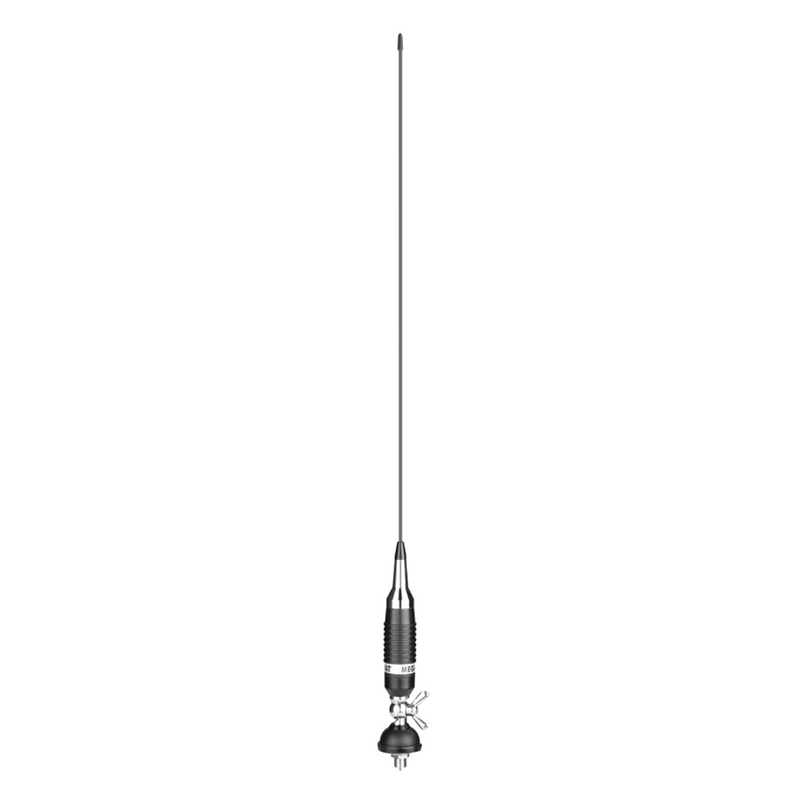
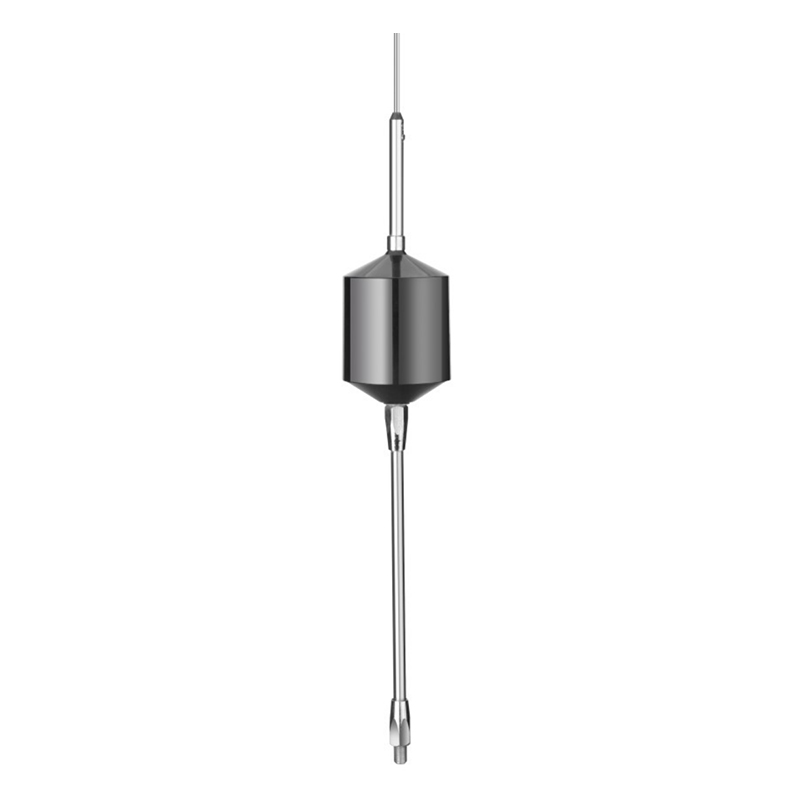
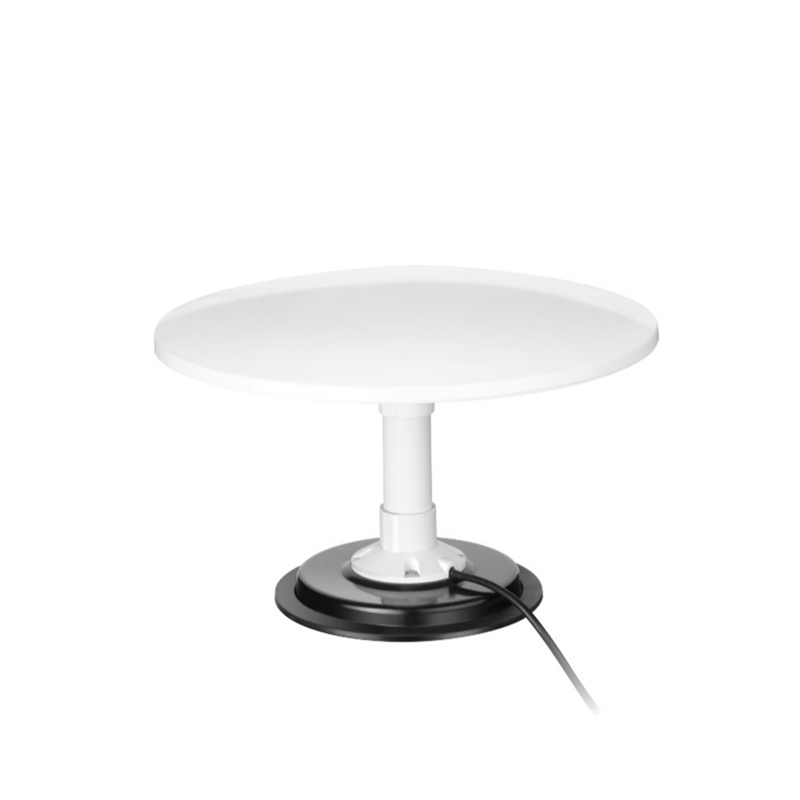
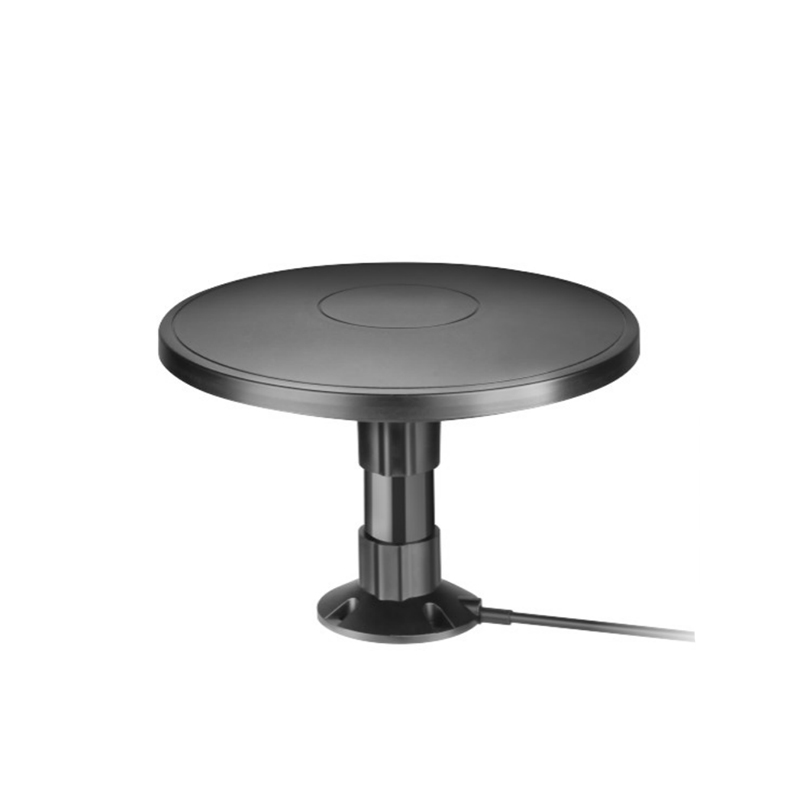
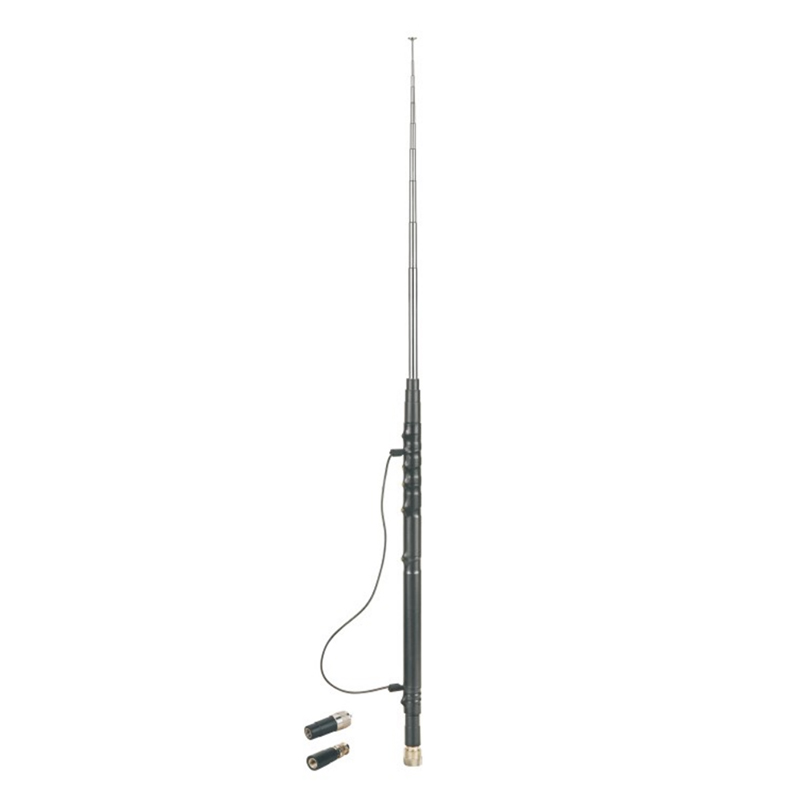
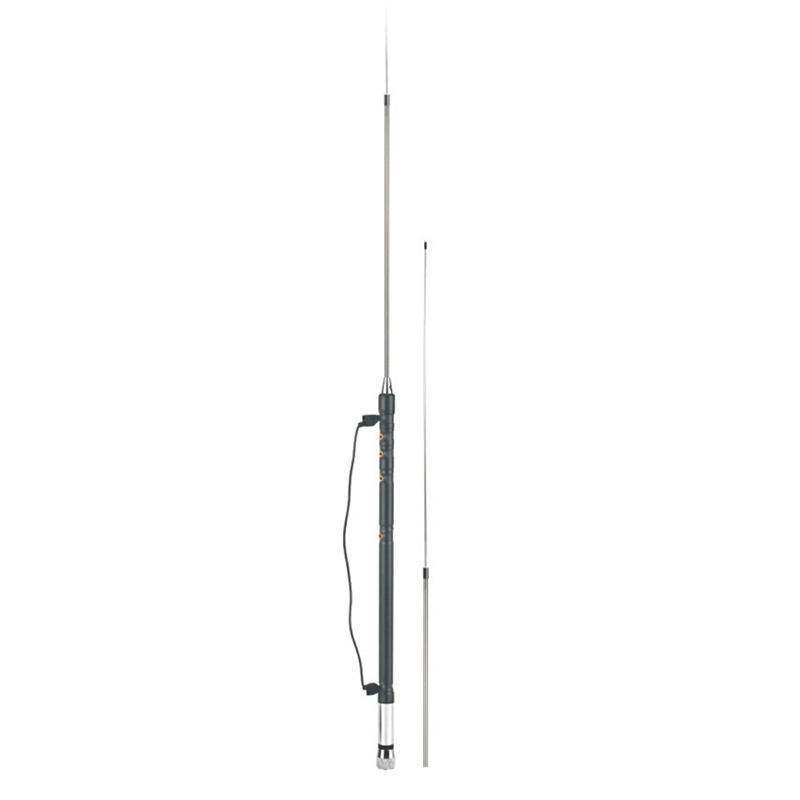
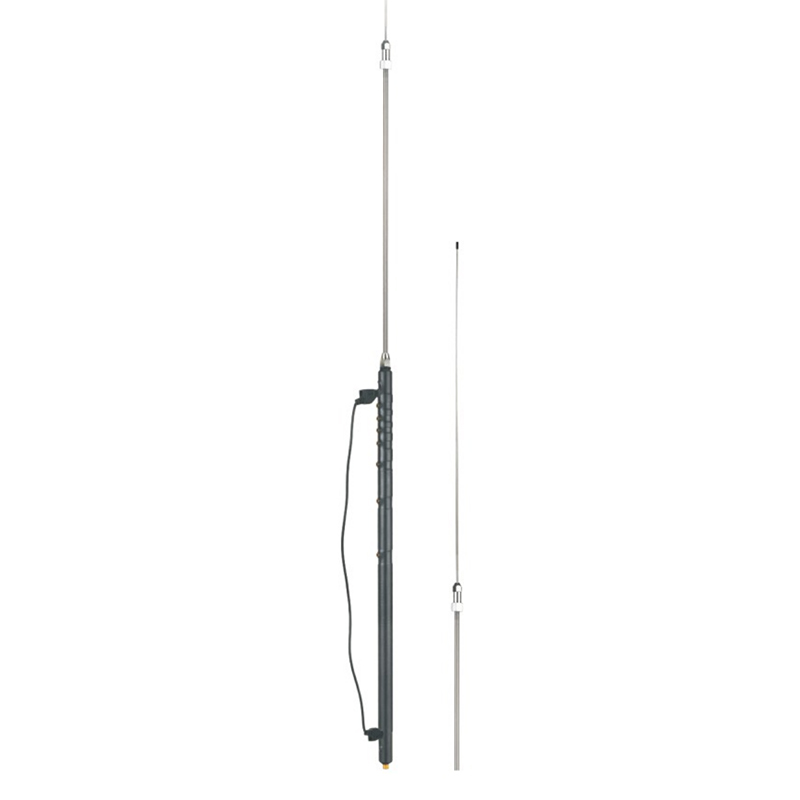
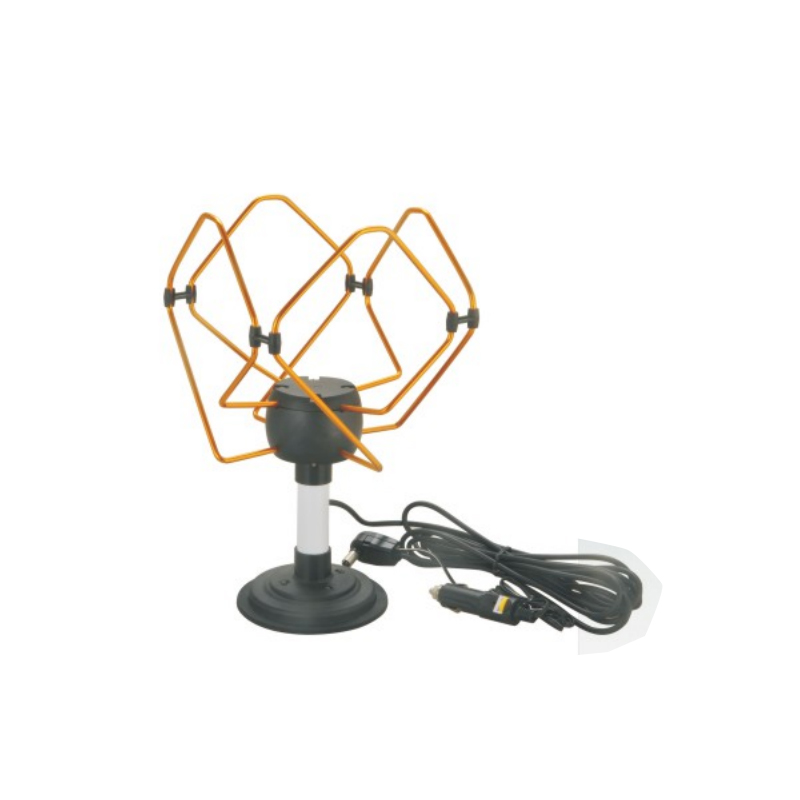
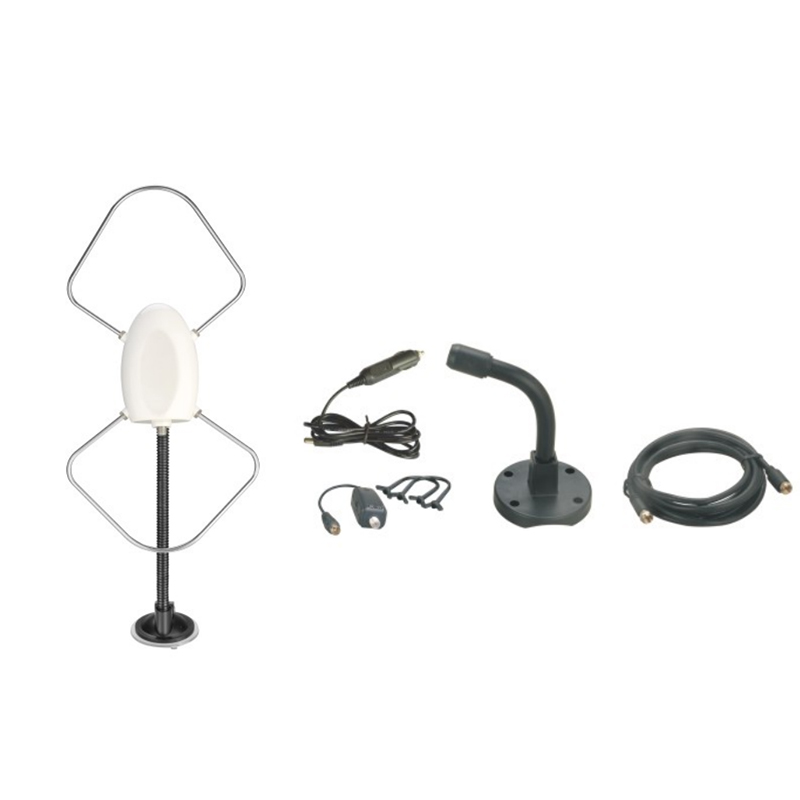
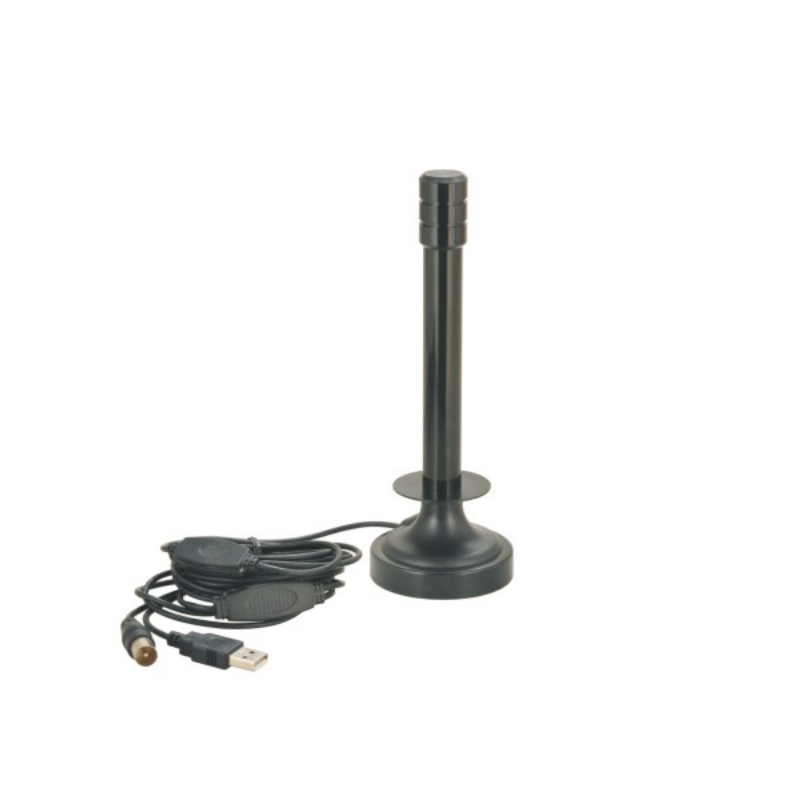
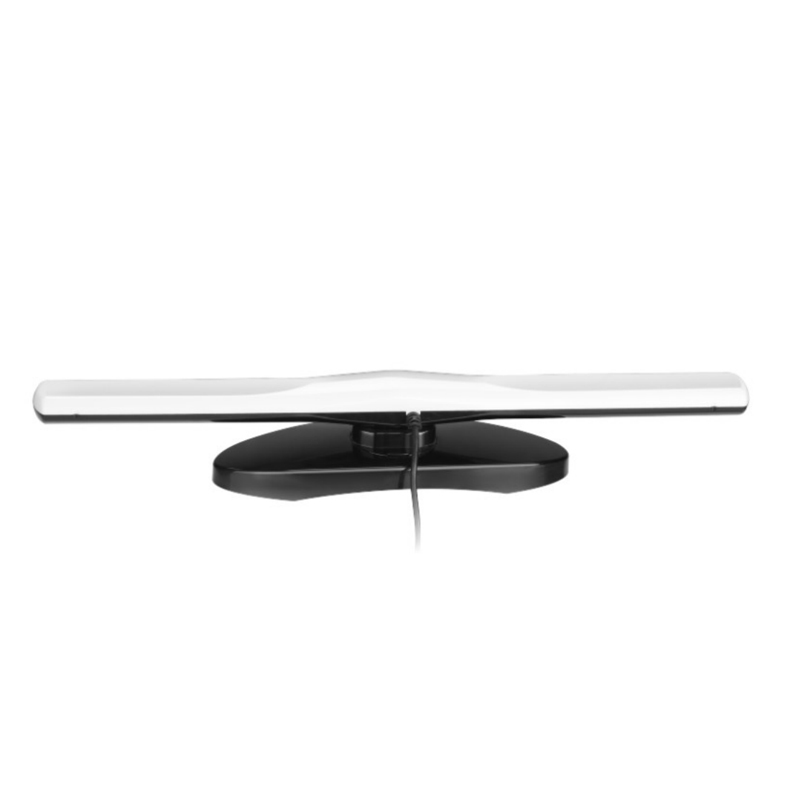
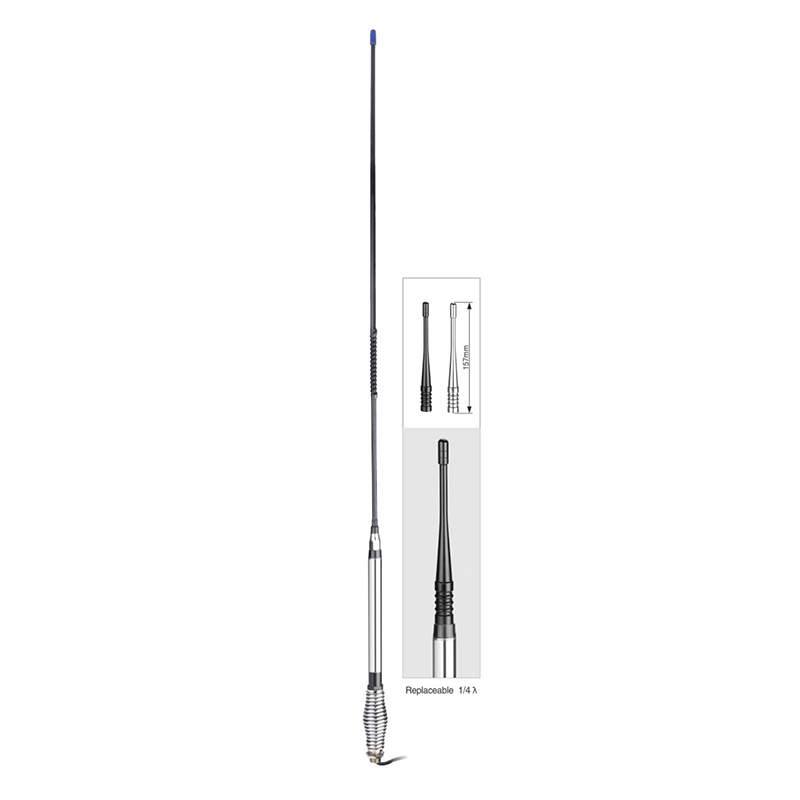

Contact Us